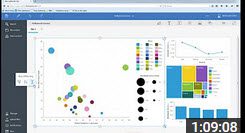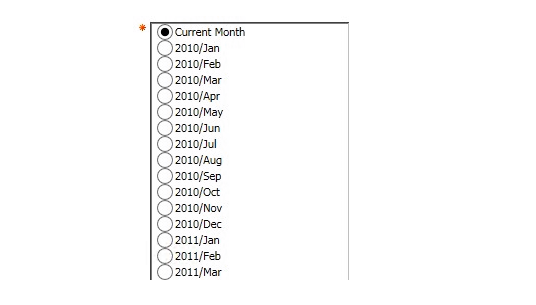Immediate response to the COVID-19 pandemic had many businesses focused on ensuring continuity and protecting their employees and customers. Those efforts will likely continue in the coming months. However, now it is time to optimize for the near-term. Moreover, business leaders must consider what planning and forecasting changes need to be made post-COVID-19 if they intend to thrive in the foreseeable future.
The way businesses forecast must change
Pandemics like this will (hopefully) not become regular events we must plan around. Nonetheless, COVID-19 has forced businesses to look at planning more copiously and critically than ever before.
Prior to COVID-19, FP&A teams built plans and forecasts based on events they knew to plan for. Things like increased production, new capital projects, acquisition scenarios, etc. Additionally, they shared consumption of that info in reports they developed over time. Reports that became a core part of their planning process. But now, the visibility has changed. Business people have never been asked to adjust their plan with no visibility to what future performance may look like. Nor have they ever had to build plans faster than ever or make critical decisions no one has ever had to make before. Unfortunately, there is no magic button. But businesses still need to manage this chaos with new processes to help their company move forward.
What the best businesses will be doing
Secondly, let’s discuss what the best companies will be doing, according to McKinsey & Company’s article, Planning for uncertainty: Performance Management under Covid-19. In the article, McKinsey provides some great advice for business leaders:
Specifically, the financial-planning team should focus on the following five steps: get a clear view of the company’s starting position; build a fact base and use it to develop a range of scenarios; align on a financial plan with the “direction of travel”; determine best actions and moves; and, finally, identify the “trigger points” that will prompt the business to adjust and adapt forecasts and financial plans with alacrity.
Advice like this will provide a solid framework for starting with a new planning position. This new position will require insights from areas of your business (potentially) not involved in the planning process before. Executive stakeholders will greatly benefit by this team’s insights on where the company started (pre-COVID), and take that starting point to drive change to that plan via leading indicators. Those indicators must be carefully evaluated as realistic insights that the business can manage.
Solid solutions will help businesses survive
This post-COVID-19 opportunity for businesses to build a fluid yet valuable forecasting model will require re-thinking how we used to plan. And improving on how we have traditionally planned can deliver even better information for our businesses. As finance leaders, now is the time to evaluate how we can accomplish this quicker, better, faster – it is the only way our companies will survive. Automating manual processes, providing strategic insights, and leveraging tools that give us solid solutions, not just reports, will give businesses the clarity they desperately need to navigate their way out of this crisis.
Read More: Manufacturing Forecast Solutions



